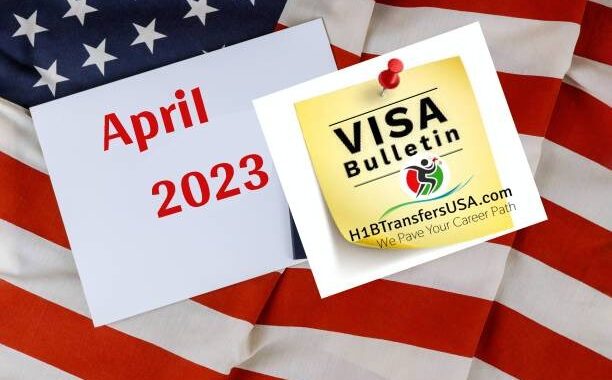DACA Implemented as a Regulation
2 min read
A new final rule regarding Deferred Action for Childhood Arrivals (DACA) went into effect on 31st October 2022. DACA regulation, a program that gives certain temporary protections and benefits to qualifying undocumented immigrants who were brought to the United States as minors, is now based on a formal regulation rather than just an executive order because of the implementation of this final rule.
Background on DACA Regulation
DACA was initially implemented as an executive order by the Obama government in 2012. The program grants work authorization and temporary deferrals of removal (also known as deportation) to eligible undocumented immigrants who arrived in the United States as children. Numerous legal challenges have been raised against the program over the years, and in 2020, a federal judge halted the processing of new DACA applications. The judge cited the fact that the program had been implemented without first going through the formal regulatory process as one of the main reasons it was invalidated. This final rule that was put into place by the Biden Government aims to fix this purported deficiency.
Overview of DACA Final Rule
Some of the key provisions of the final rule include the following:
- DACA recipients are regarded as “lawfully present” for some purposes, but it is not regarded as a form of legal status.
- Under the new rule, current DACA recipients do not need to request DACA again; instead, they might keep the DACA grant they currently have.
- When a foreign national meets certain eligibility criteria and passes all national security and public safety screening. And the favorable exercise of discretion is warranted, deferred action and renewable two-year work authorization are permitted.
- Current DACA recipients’ applications for deferred action, employment authorization, and advance parole will continue to be processed by USCIS. However, the USCIS is unable to process initial DACA requests because of ongoing litigation.
[US opens up more appointment slots for some visa applicants]
Conclusion
Even though the final DACA rule is useful, it doesn’t protect everyone who came to the United States. As a child in a permanent way and faces legal challenges. In reality, Congress’s action is the only way to solve this problem. It appears unlikely that a compromise will be reached shortly due to Washington’s division.






